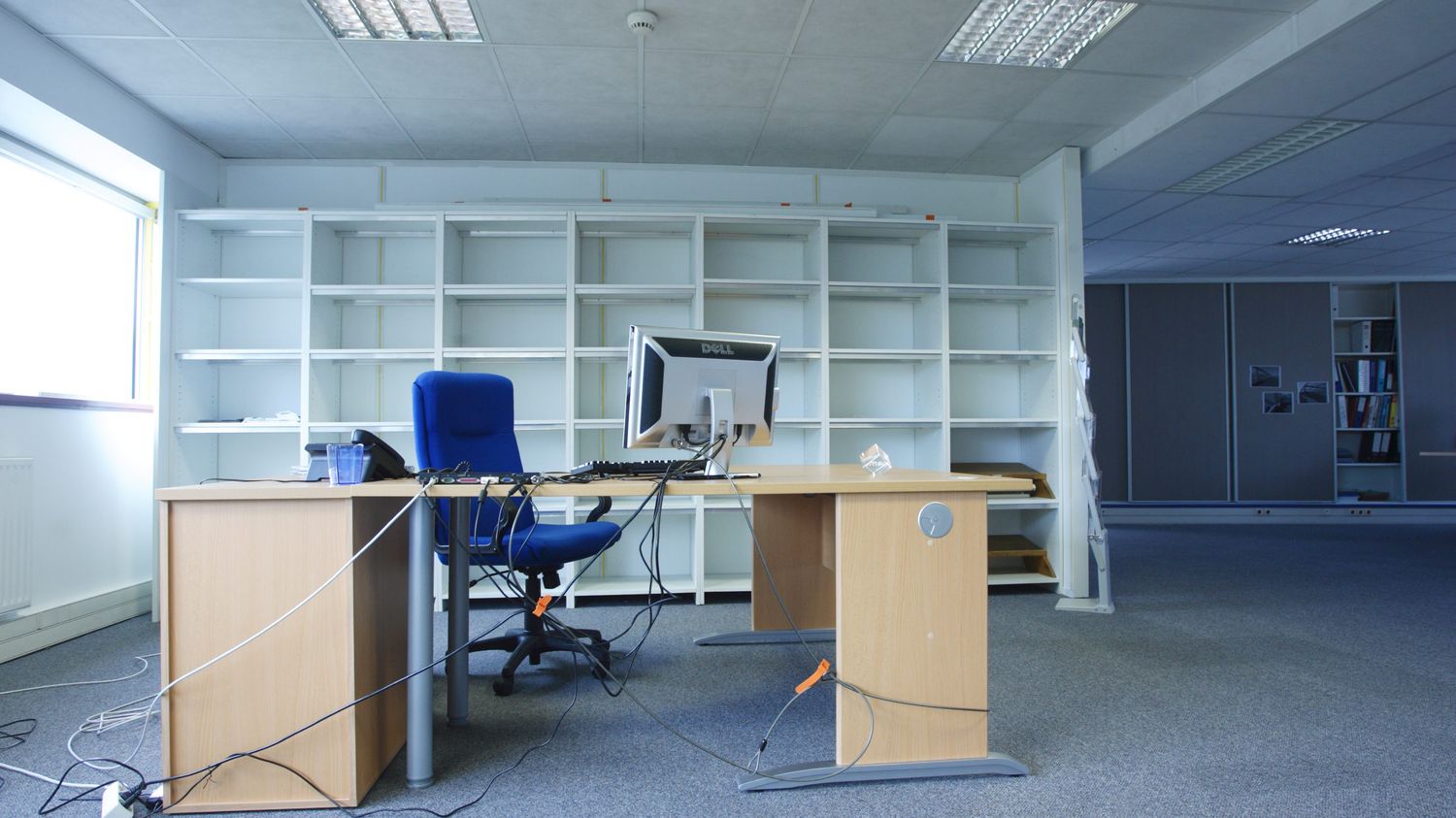A study published last week already alerted to levels of absenteeism never reached. A new study confirms this trend, and points to a population particularly at risk: managers.
Article written by
Published
Reading time : 1 min.

The Malakoff Humanis barometer, eagerly awaited every year to measure the rate of absenteeism at work, confirms the trend observed by the insurer Axa last week. According to this latest study, half of private sector employees were arrested at least once a year in 2022, which is a proportion never reached since the first edition of this barometer, in 2016. Absenteeism increased by nine points compared to 2016 and twelve points compared to 2021. The barometer also reveals a clear increase in multiple stops and specifies that psychological disorders are the main reason for long stops, lasting more than thirty days.
Managers are particularly exposed
They are among the employees most arrested for illness and they are the ones who have recorded the strongest progress this year, with 13 points more. Half of them say they are stressed at work, compared to only 38% for non-managers. They say, at 54%, they have a greater difficulty in managing priorities and they are also the ones who say that professional life encroaches the most on their personal life. They are 55% in this case, against only 27% of non-managers. Result: they go more often than other categories of employees to consult a psychiatrist or a psychologist. They are no less than 13% in this case.
They also say they are disengaged and 45% say they would be ready to take sick leave when they are not sick. This is 12 points more than for other employees. They point to hybrid work and telecommuting as the source of their discomfort, which, according to them, has made their tasks more complex.
These sick leaves could increase. This is the opinion of a quarter of managers, who anticipate an increase in sick leave in the next two years. An increase that they attribute to the increase in situations of fragility of employees, but also to a lower commitment on their part and an increase in the average age of the workforce.
